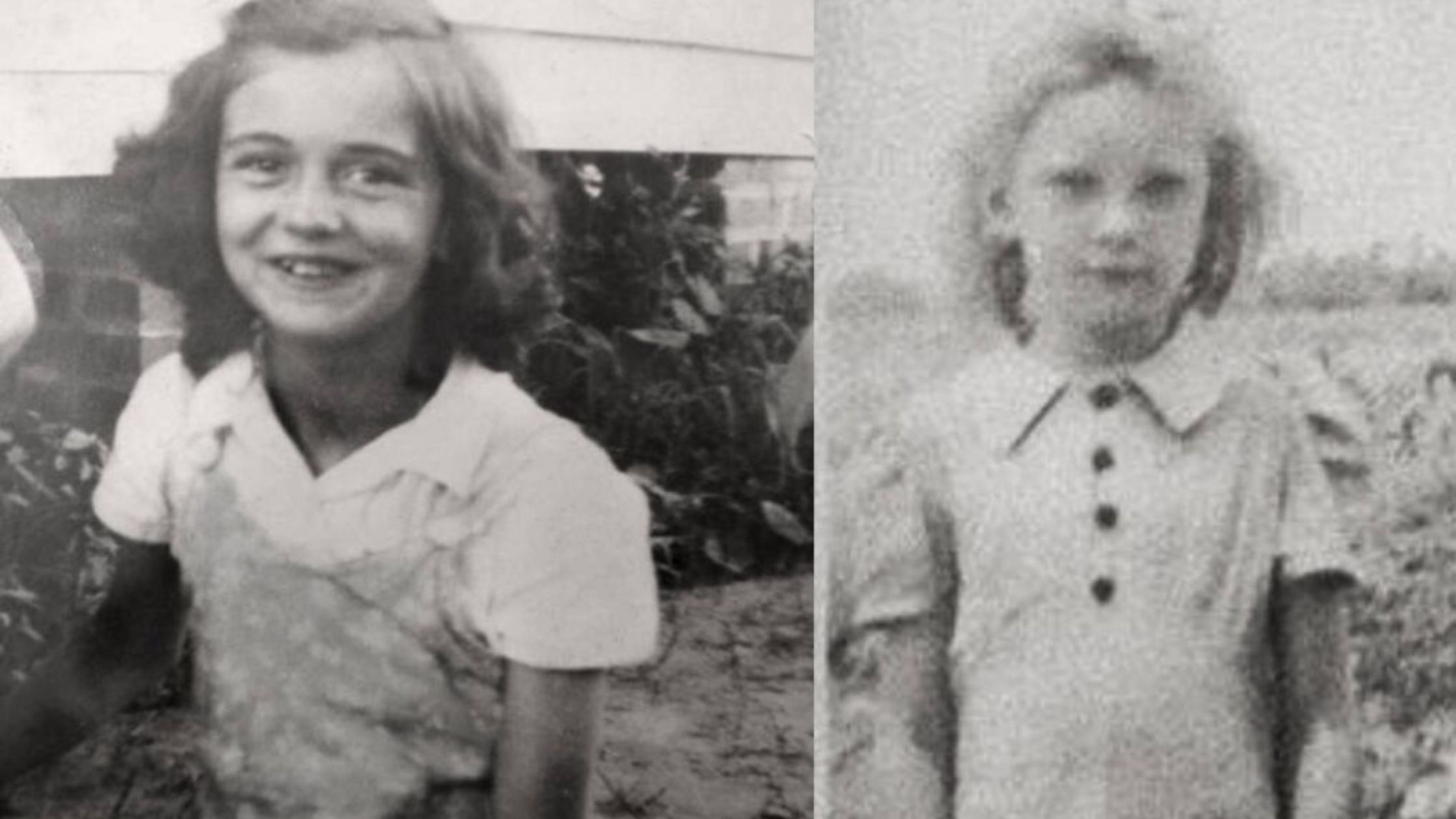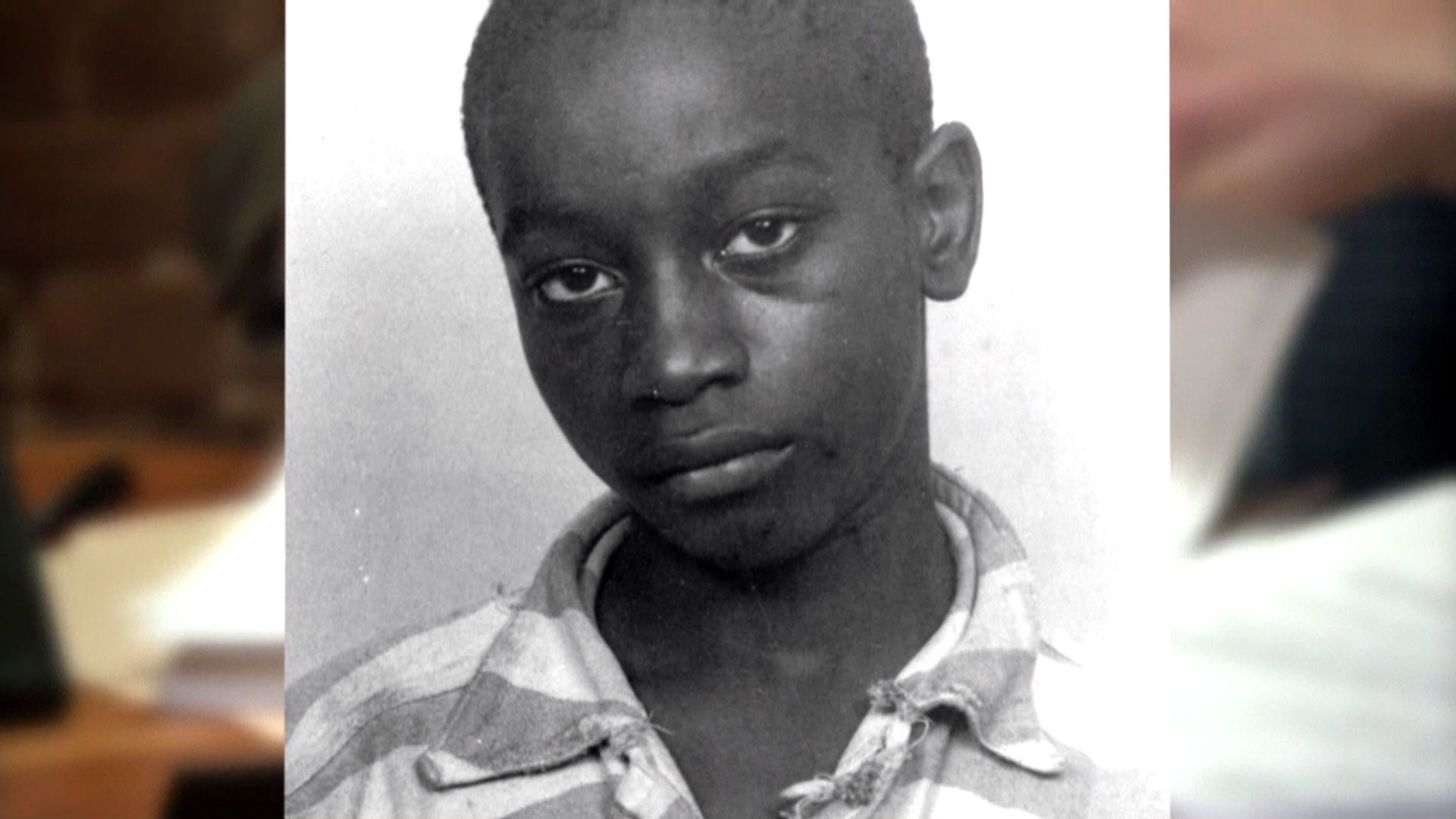
On 23rd March 1944, eleven-year-old Betty June Binnicker and her seven-year-old neighbor, Mary Emma Thames, were found brutally murdered in a field near their South Carolina homes. Despite an extensive investigation and the eventual arrest and conviction of two African-American men, questions still remain about what actually happened that fateful day. In this comprehensive analysis, we will attempt to unravel the mysterious case of Betty June death and explore the various theories that have been proposed over the years.
Background on Betty June Binnicker’s death:

Betty June Binnicker was born on 9th December 1932, in the small town of Alcolu, South Carolina, United States. She lived with her parents, James and Mary Binnicker, and her two younger siblings. Betty was described as a quiet, kind-hearted girl who loved to sing in the church choir and play with her friends. On the day she was murdered, Betty had gone to pick flowers with her neighbor and friend, Mary Emma Thames. Betty had been beaten to death with a railroad spike, while Mary Emma had been strangled and beaten with a blunt object. The discovery of the girls’ bodies sent shockwaves through the small town, and the police quickly began an investigation.
The murder of two young, innocent girls rocked the entire community, and everyone was eager to find the perpetrators and bring them to justice. Stinney, who was just fourteen at the time, was accused of confessing to the murders. However, the circumstances surrounding his confession, as well as the lack of evidence linking him to the crime, have led many to question the validity of his conviction.
Some believe that Stinney was innocent and that he was railroaded by a racist and unjust legal system. Others argue that there is still much that we do not know about what happened that day, and that the true culprits may never be brought to justice. Regardless of the many theories and opinions surrounding the case, what is clear is that the murder of Betty June Binnicker and Mary Emma Thames was a tragedy that shook the small town of Alcolu to its core, and its impact continues to be felt to this day.
Analysis of the crime scene, who killed Betty June Binnicker :
The crime scene where Betty June Binnicker and Mary Emma Thames were found was a field near their homes. Betty had been beaten to death with a railroad spike, while Mary Emma had been strangled and beaten with a blunt object. Following the discovery of the girls’ bodies, law enforcement officials launched an investigation into the crime scene. The investigators carefully collected and analyzed evidence, including hair samples, fingerprints, and bloody clothing found at the scene. The specific details of the crime scene led investigators to believe that the homicides were carried out by multiple individuals. The presence of bloodstains on a fence near the crime scene suggested the attackers had climbed over it to reach the victims.
The investigators also identified tire tracks and footprints leading away from the crime scene, indicating that the attackers had used a vehicle to escape. Based on the evidence collected at the scene, the authorities narrowed their search to suspects who had access to a car. While ultimately George Stinney Jr. and Johnny Frierson were charged and convicted for the murders, many have questioned the validity of their convictions due to the lack of concrete evidence linking them to the crime. Nonetheless, the analysis of the crime scene remains an essential part of understanding the tragic events that unfolded on that fateful day in Alcolu, South Carolina.
Investigation details:
The investigation into the murders of Betty June Binnicker and Mary Emma Thames was a painstaking process that involved a variety of techniques and strategies. One of the key investigative techniques used in the case was collecting blood and hair evidence from the crime scene. In this case, however, the evidence was not conclusive, and the lack of firm links between the suspects and the crime remains a point of contention to this day. Another important aspect of the investigation was the search for tire tracks and footprints leading away from the crime scene.
Investigators were able to locate these tracks and use them to help identify the car that had been used by the perpetrators. The investigation also involved extensive interviews and interrogations of potential suspects. Investigators questioned a number of individuals, including George Stinney Jr. and Johnny Frierson. While some of these interrogations yielded valuable information, others were controversial and have been criticized for being coercive and misleading. Overall, the investigation into the murders of Betty June Binnicker and Mary Emma Thames was a complex and challenging process that involved a wide range of techniques and strategies. While the ultimate outcome of the case remains controversial, the investigation itself provides important insights into the techniques and challenges involved in solving complex crimes.
Suspects and their alibis:

The investigation into the murders of Betty June Binnicker and Mary Emma Thames led to the questioning of several individuals, with five main suspects emerging in the case. George Stinney Jr., a 14-year-old African American boy, was arrested and charged with the crimes. His alleged confession was the primary evidence against him, and despite a lack of physical evidence, he was swiftly tried, convicted, and executed within a matter of weeks. Years later, new evidence and witness testimony emerged that cast doubt on Stinney’s guilt and suggested the involvement of other suspects in the crime. Johnny Frierson, a friend of Stinney’s, was also questioned and initially provided an alibi for Stinney, but later changed his story, implicating himself and two other individuals.
.These individuals, who were never formally charged, claimed that they had been with Frierson on the night of the murders and had seen him and others carrying out the attack. Another suspect was noted local troublemaker Francis “Peg” Adams, who had previously been arrested for burglary and was known for harassing the victims’ families. Despite this, he was never formally charged in connection with the murders.
Two other suspects, brothers John, and Clarence Swilling, were also questioned in connection with the crime. The brothers were known for their violent tendencies and had been involved in several other crimes in the area. They provided alibis for each other, but their stories were inconsistent and raised suspicions. Ultimately, none of the suspects were charged or convicted in connection with the murders, and the case remains unsolved to this day. The investigation into the various suspects and their alibis has been the subject of much debate and controversy, with many questions still surrounding the events of that fateful night.
Conclusion and potential leads Conclusion:
The case of Betty June Binnicker’s death remains an unsolved mystery, despite the advancements in technology and expert analysis. The flaws found in the original investigation and Stinney’s wrongful conviction have raised questions about the reliability of the evidence, as well as the integrity of the justice system during that time. However, the renewed interest, in this case, has also brought to light the potential involvement of the Swilling brothers and Francis “Peg” Adams.
The new forensic evidence from the exhumation of Betty June’s body also provides a different perspective on the cause of death, which may further suggest the possibility of more than one perpetrator. There is a potential lead for investigators to explore further, especially with the advancements in technology and investigative techniques. The truth behind this case may still be uncovered in the future, bringing justice to the victims and closure to their families. It is a reminder that justice should be fair to all, and mistakes made in the past should be acknowledged and rectified.
Final thoughts:
In conclusion, the case of Betty June Binnicker’s death is a tragic and complex one that still remains unsolved. The investigation and wrongful conviction of George Stinney have raised questions about the reliability of evidence and the fairness of the justice system at that time. Despite the challenges and flaws in the original investigation, the case has provided an opportunity for renewed interest, scrutiny, and potential leads. The exhumation of Betty June’s body has also opened up a new perspective on the cause of death.
It is crucial for investigators and the legal system to acknowledge and rectify the mistakes of the past to ensure that justice is fair and equal for all. With advancements in technology and investigative techniques, there is a chance that the truth behind this case may still be uncovered, bringing closure to the victims and their families. The case of Betty June death is a reminder of the importance of thorough and unbiased investigations, especially towards cases involving vulnerable and marginalized communities. It is essential that we continue to strive towards a more just and equitable legal system, where the truth and integrity of evidence are held with the utmost importance.







